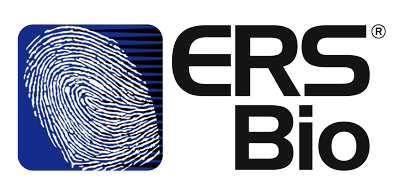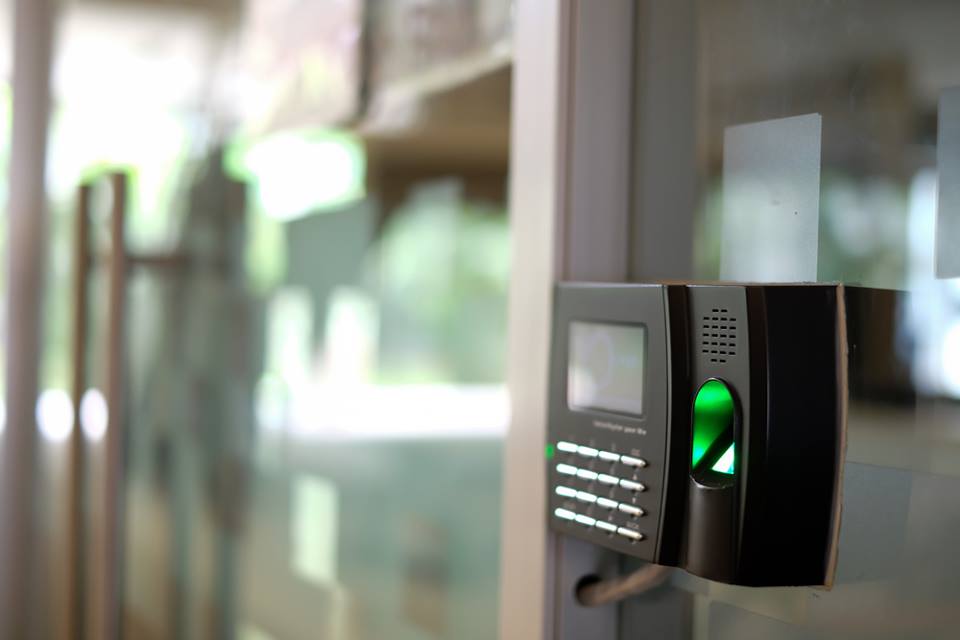The Business Guide to Biometric Systems for Security & Access Control
Managing visitor and personnel entry in a building is a vital part of any of any business security system. In the past, businesses relied on token-based identification such as access cards, PINs or punch-in punch-out cards to allow entry – however, these are often prone to abuse and issues like buddy clocking and ‘ghost’ workers. Today, biometric systems have risen to the forefront of security and access control as the most sophisticated technology for authentication, verification and identification purposes.
Types of Biometric Systems
There are two main types of biometrics when it comes to access control: behavioural and physical.
Behavioural biometrics refers to the use of measurable patterns in human activities that can be used as an identifying tool, for example keystroke, signature or voice recognition.
Physical biometrics refers to measurable anatomical or physiological characteristics such as face, fingerprint, hand geometry or iris recognition.
Of these, fingerprint biometric systems are by far the most developed and preferred method of access control for businesses. As a result, many business owners are turning to optical biometric fingerprint scanners to save money, time and resources, and increase security.
Click here to find out more about our hardware solution for fingerprint biometric systems
Advantages of Biometrics
Biometric identification management systems offer several advantages over traditional authentication methods, some of which are discussed below.
Accurate Identification
Whereas access cards can be lost or stolen or passwords are forgotten and shared, fingerprints cannot be easily duplicated, which means only authorised personnel get access and you get a higher level of security.
Accountability
Biometric identification technology enables businesses to create a clear, definable audit trail of transactions or activities, thereby drastically minimising the risk of security breaches.
Integration
Apart from access control, biometric devices can be integrated with time and attendance software to track employee hours and increase payroll efficiency.
Scalability
Because of the ease of use and set up, biometric security systems are flexible and easily scalable – whether you have a small office of five employees or a large corporation with multiple branches and departments.
Biometric Basics
- Biometric technologies can automatically recognise people already known to the system.
- Biometric technologies never ‘stand alone’, but rather serve as one component in a larger system, such as for access control.
- The process of becoming ‘known to the system’ is called enrolment.
- Any personal information about enrolling persons (i.e., name, nationality, access authorisations) must be established through trusted, outside documentation, such as a passport or personnel security document.
- The complexity of the enrolment process, and the time required for trustworthy enrolment of each biometric data subject must not be underestimated.
- Biometric systems can operate without any personal information about those enrolled. Consequently, biometric systems can be used for anonymous recognition.
- Biometric systems can determine that data subjects are not already known to the system, thus supporting a ‘one-person, one-enrolment record’ policy and preventing a second enrolment under a different identity.
- System integration is a hard task and having an appropriate supplier who understands your business needs is key to the success of the project.
Source: Centre for the Protection of National Infrastructure (CPNI), Biometrics Guide for Access Control Applications
Want to learn more about how your business can benefit from Fingerprint Biometric Systems? Contact us for a free consultation.
Read more about our cloud-based Software solutions here.
Read more about our Hardware solutions here.




